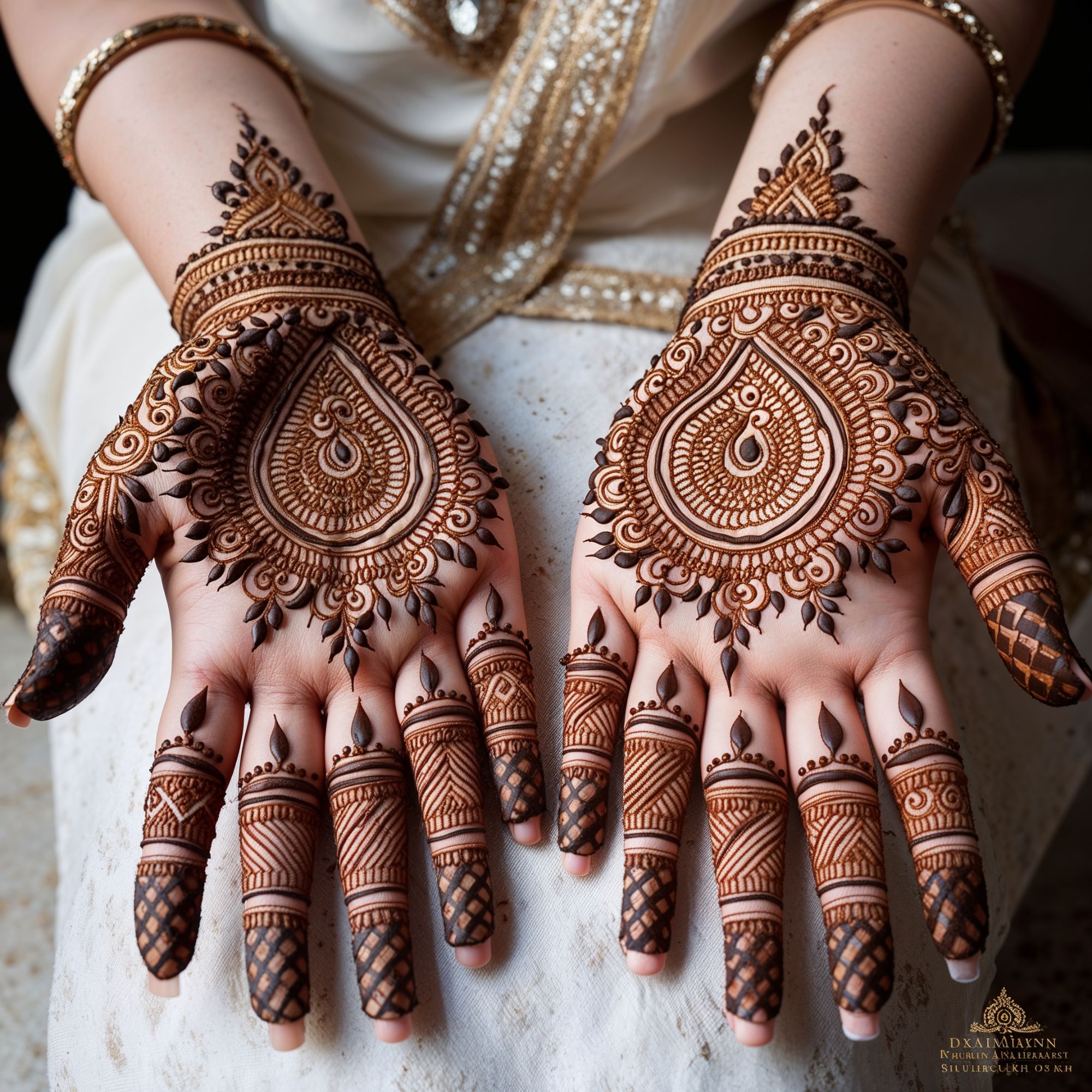FREE Mehndi Design Collection

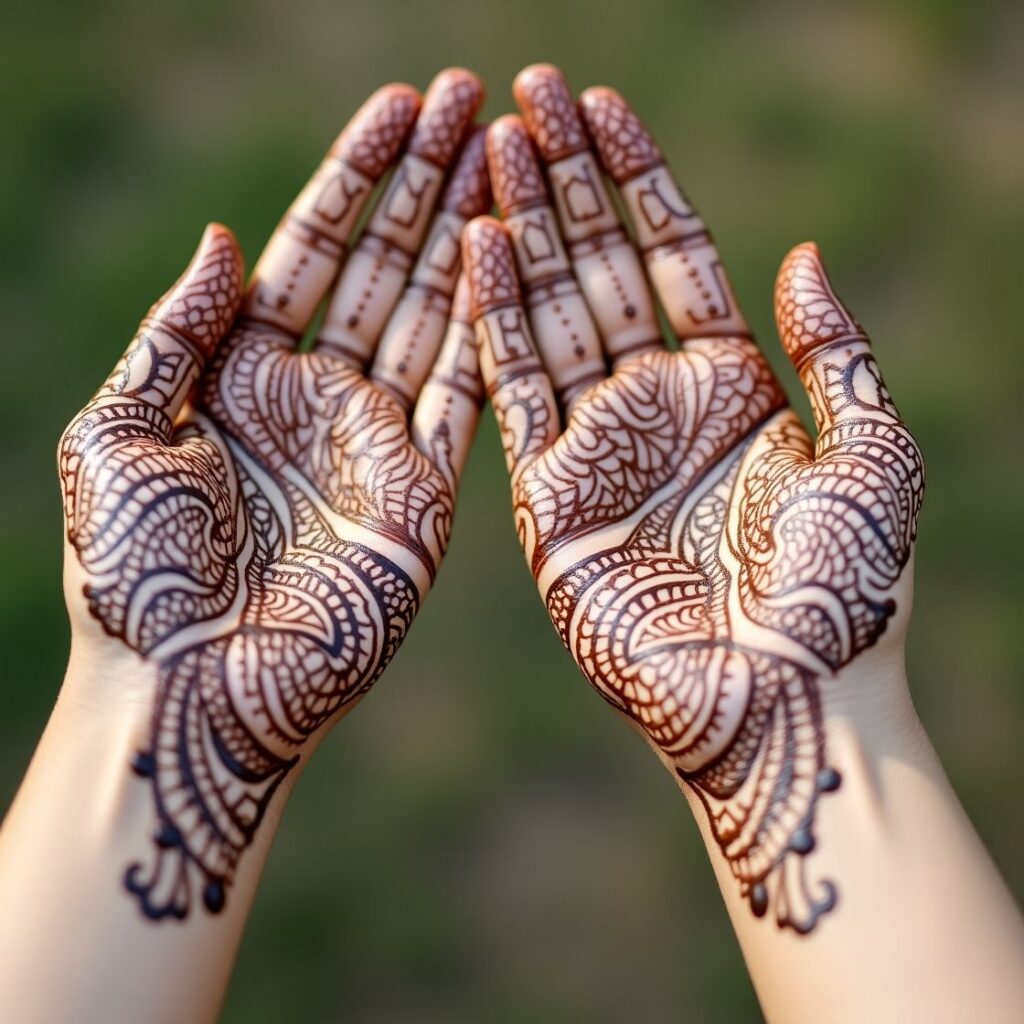
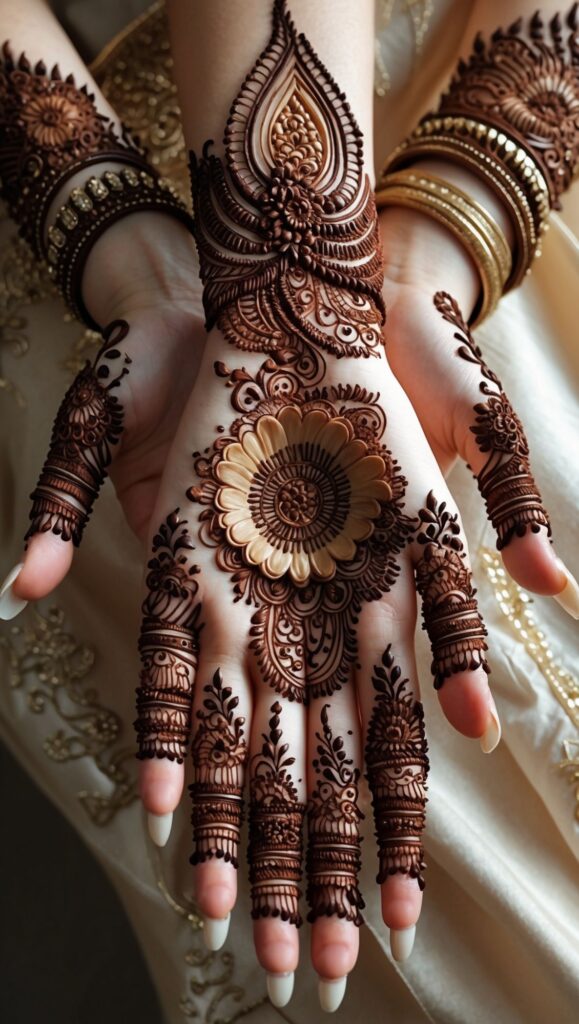
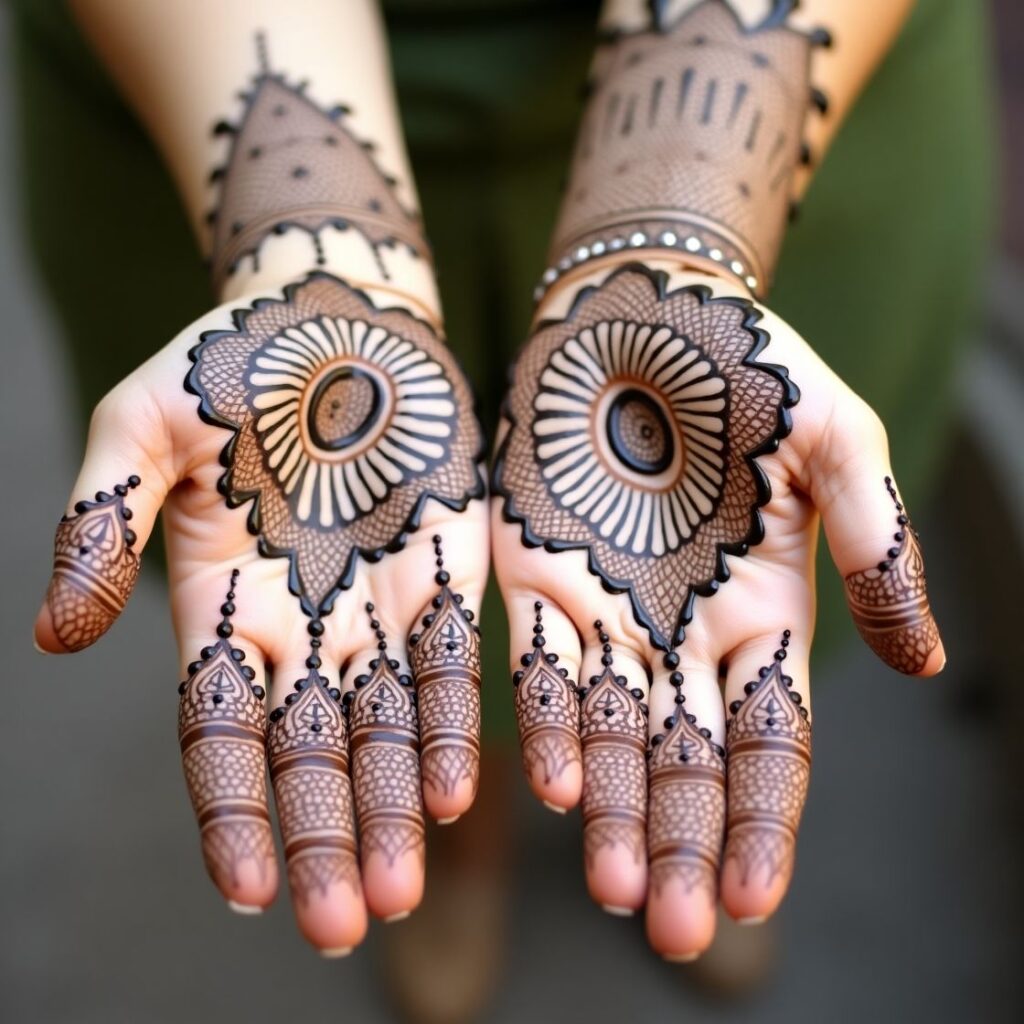
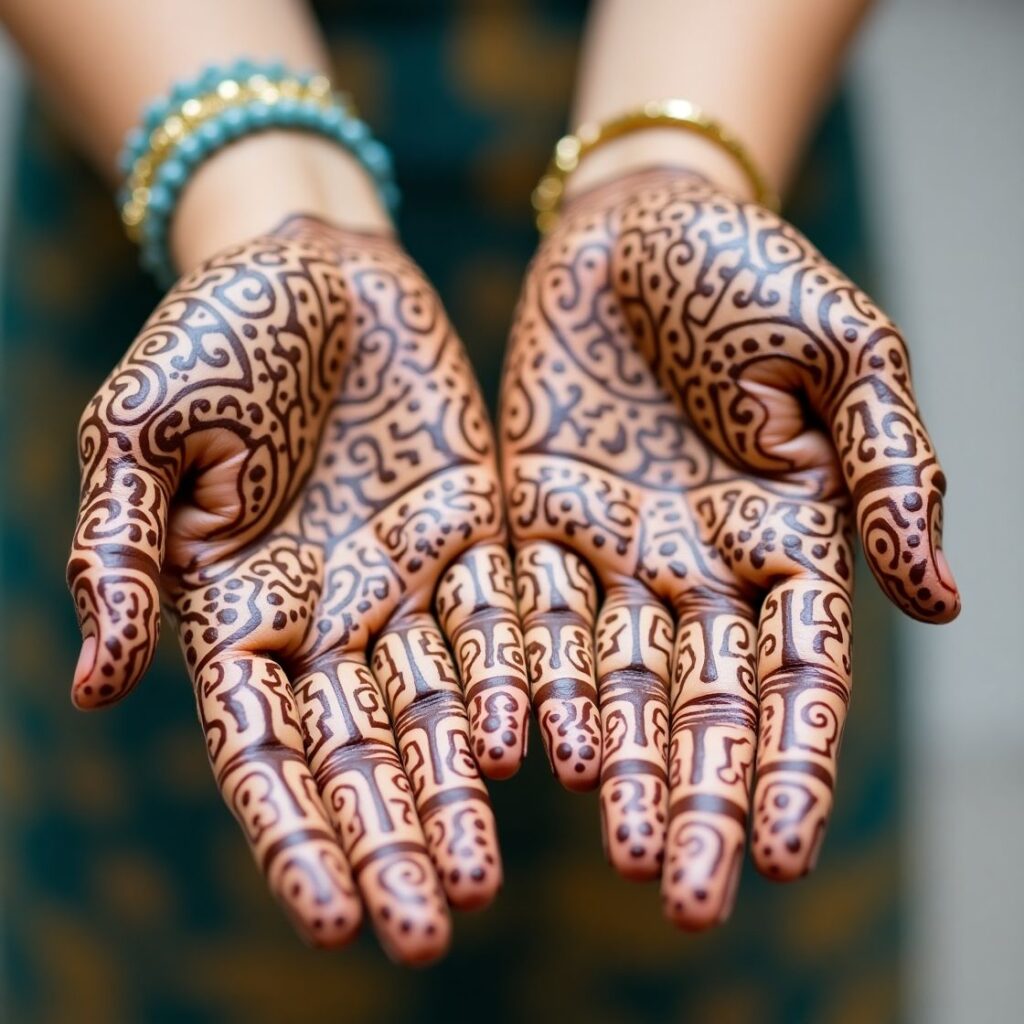

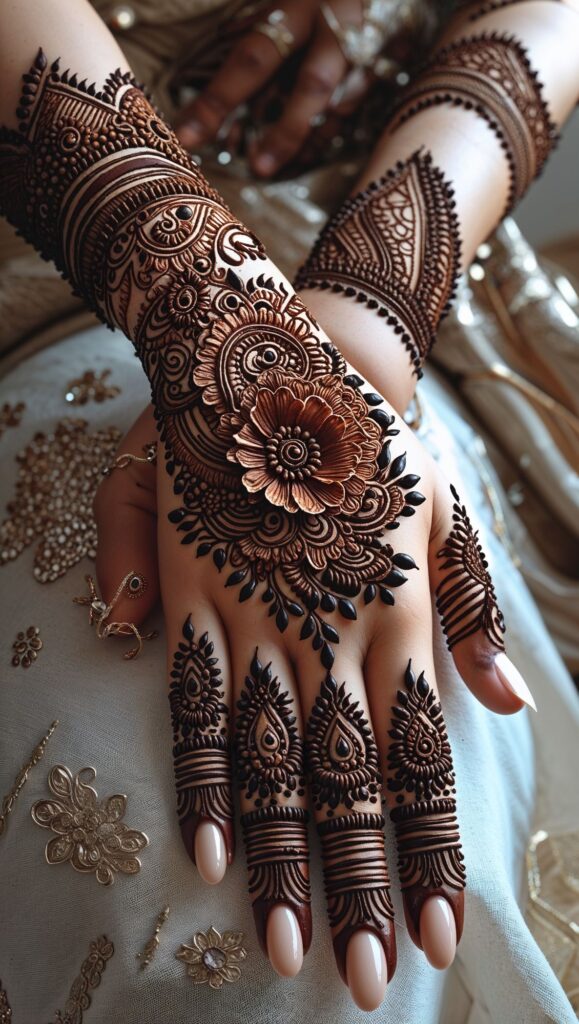
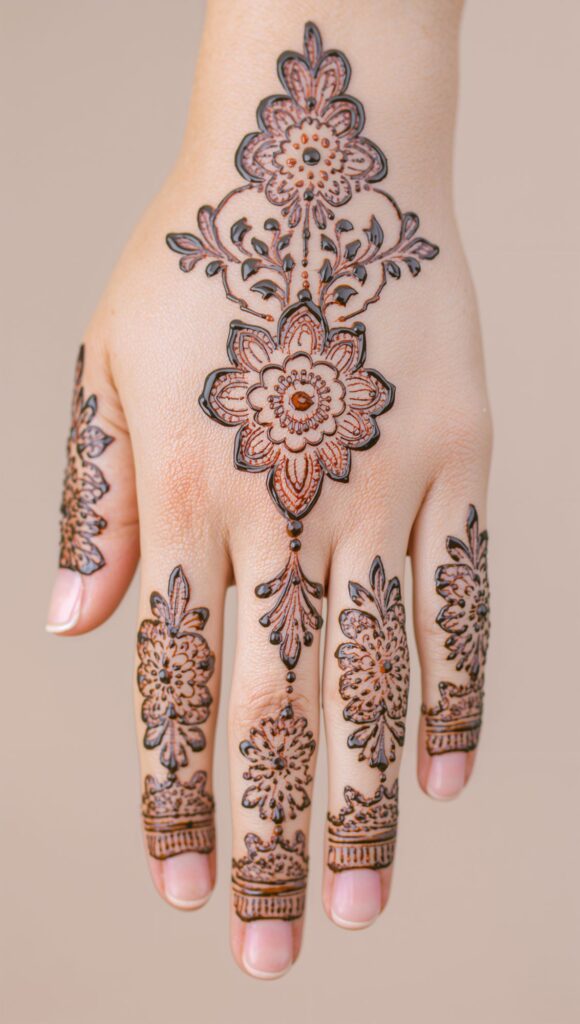
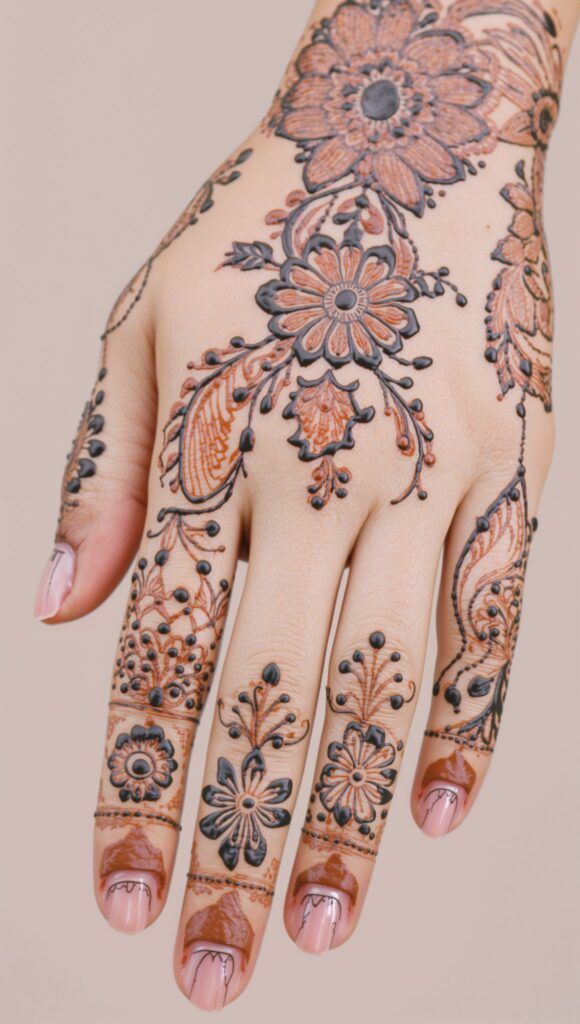
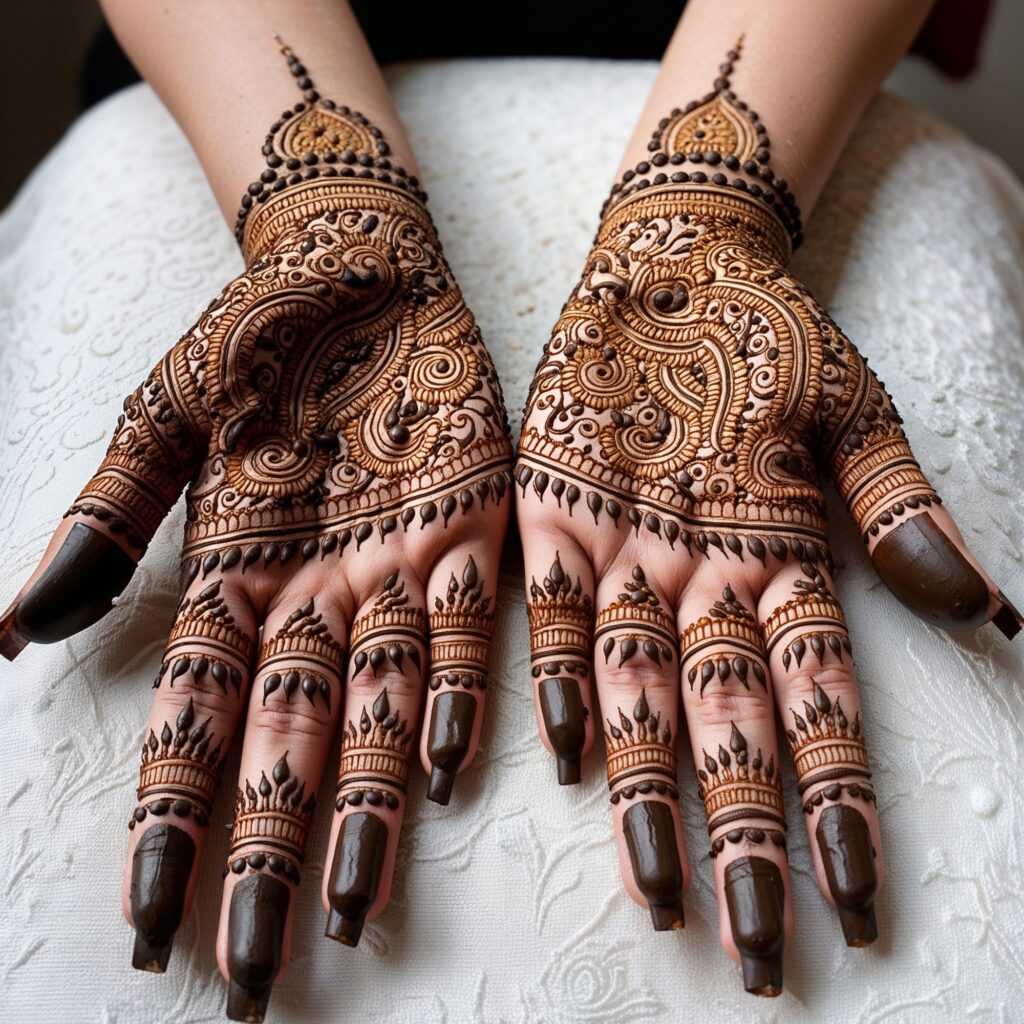
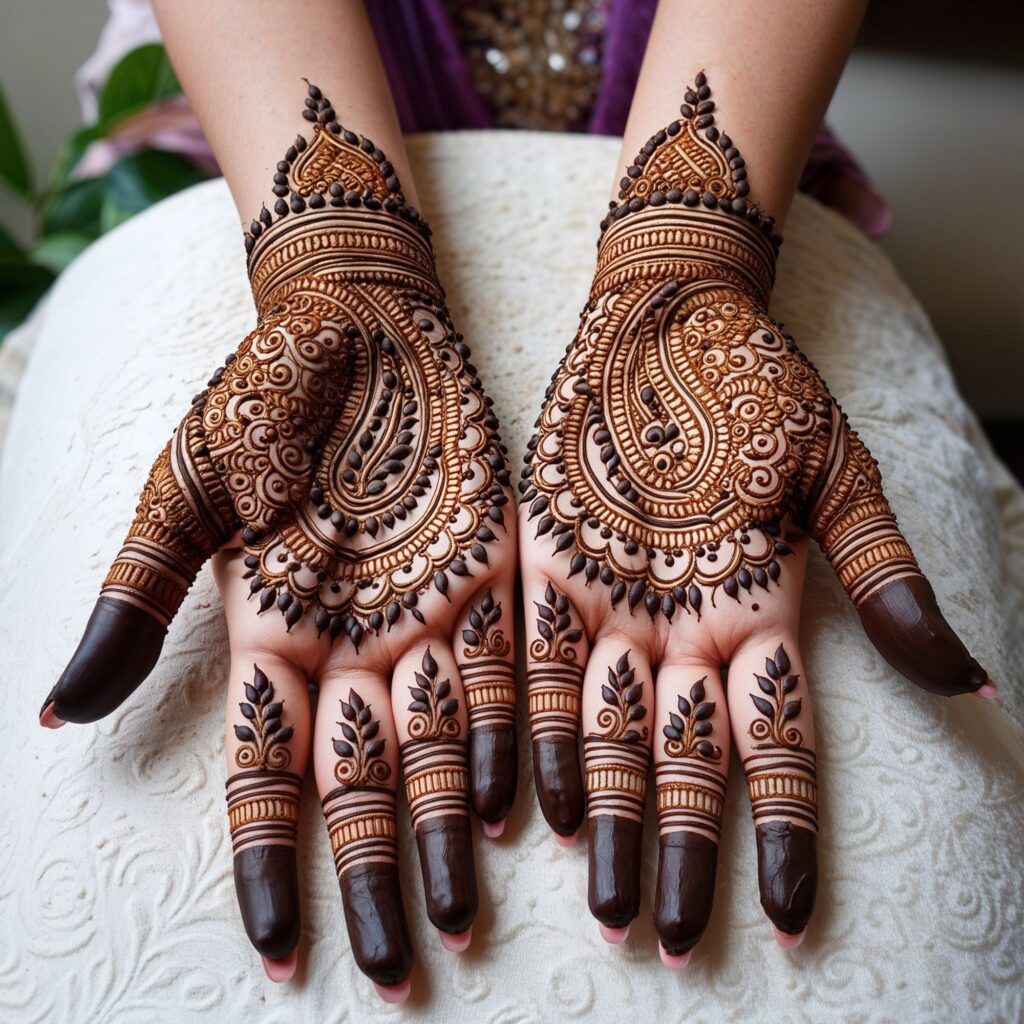
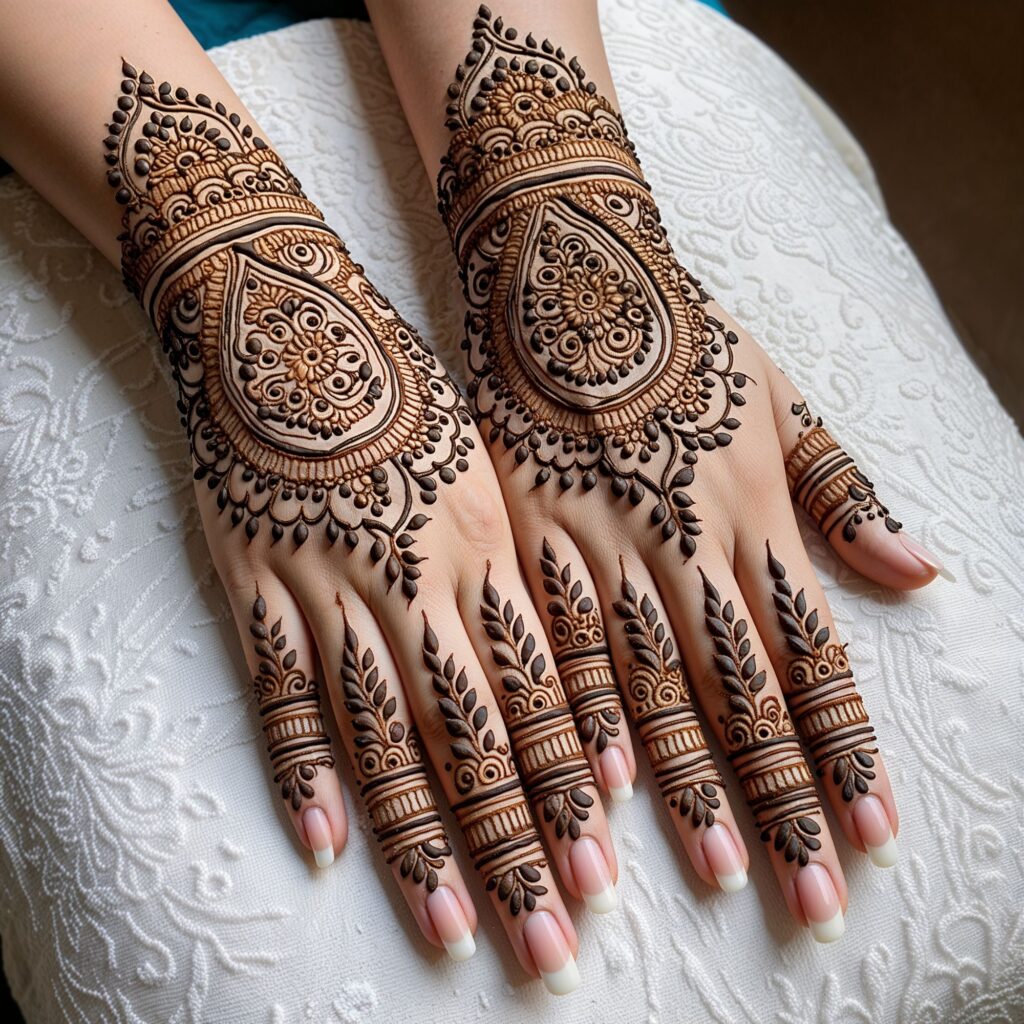
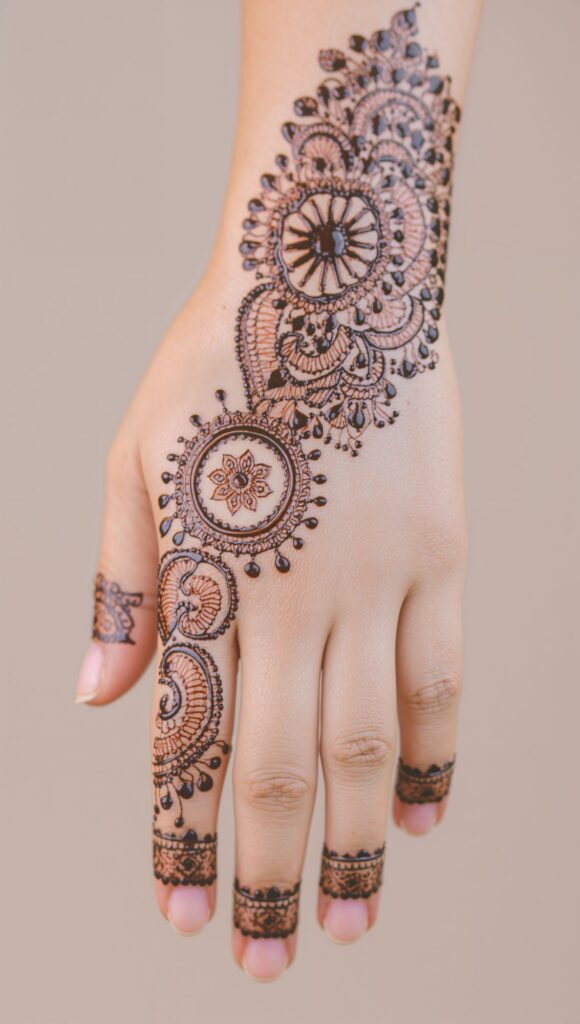

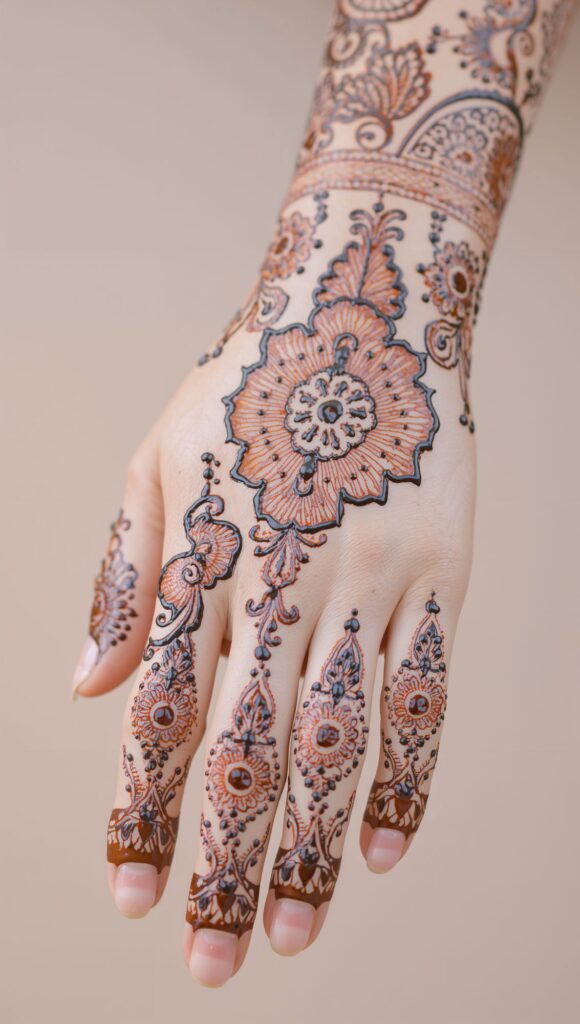
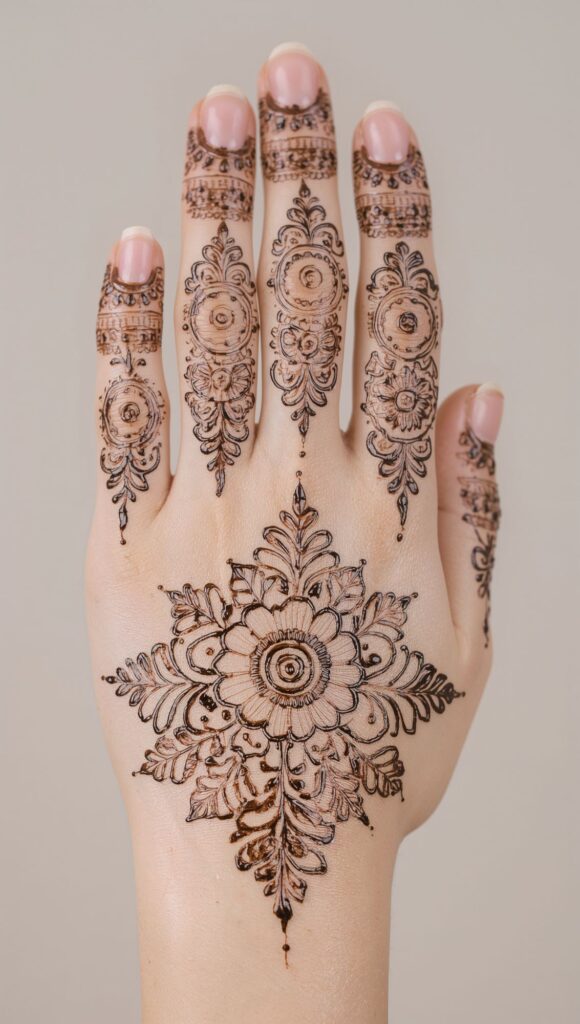
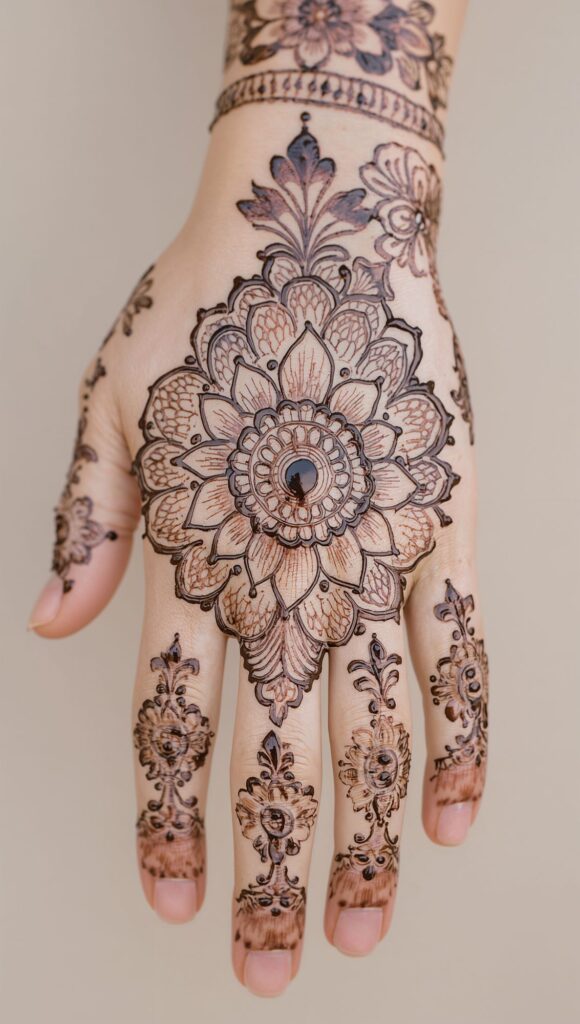
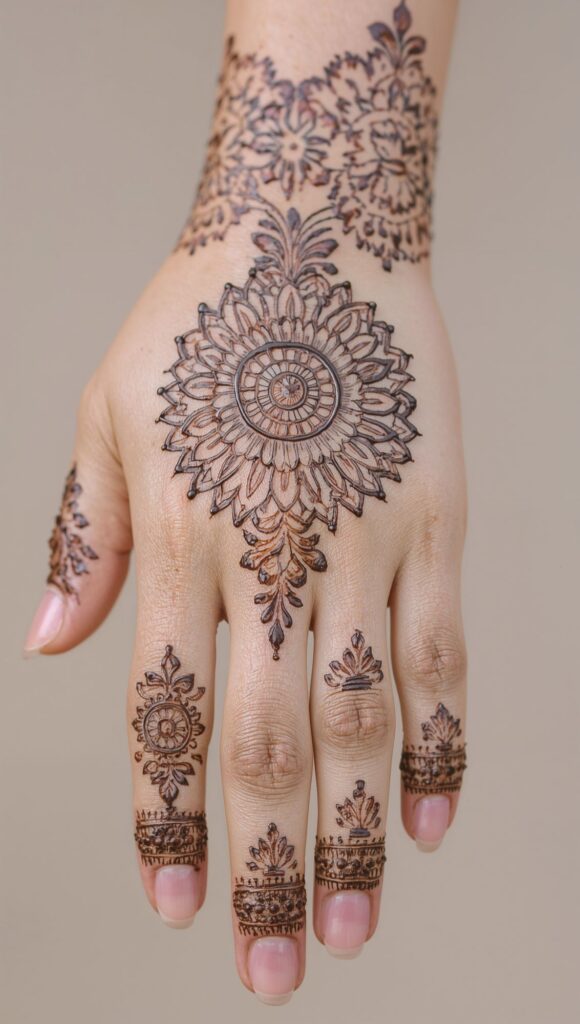
Mehndi design is more than just body art; it’s a cultural ritual, a sign of beauty, and a means to celebrate. Mehndi, which is also known as henna, has been a large part of weddings, festivals, and other special events in South Asia, the Middle East, and even North Africa for hundreds of years.
Because mehndi designs have been around for a long time and have changed throughout time, they are now a fashion statement that connects old and new ideas.
Henna leaves are ground up to make mehndi, a natural color. It causes a deep orange to dark brown mark on the skin that lasts for days or even weeks. People have used mehndi for a long time because it cools the skin and has mystical meaning. Today, it is also known as a stunning kind of temporary body art that is popular with weddings, partygoers, and fashionistas all over the world.
Trending Mehndi Designs
1. Mehndi designs from India The patterns of Indian mehndi are quite intricate and hard to figure out. It usually has flowers, peacocks, paisleys, and other patterns that cover the hands and arms. Bridal mehndi designs in India are usually thick and don’t leave much room.
2. Mehndi designs in Arabic Arabic mehndi designs are vibrant, simple to spot, and in style. They frequently have powerful lines, flowers, and vines that flow. Arabic designs include more open areas than Indian mehndi, which makes them look elegant and polished.
3. Mehndi Designs from Pakistan Pakistani mehndi patterns are both difficult and dramatic since they mix Indian and Arabic styles. It usually has a mix of artistic patterns and cultural symbols that cover the hands, arms, and feet. This is perfect for weddings and Eid.
4. Moroccan mehndi designs Moroccan mehndi designs are one-of-a-kind, geometric, and balanced. It makes beautiful graphics that are based on tribal art by using lines, dots, and shapes. This style is great for folks who like simple patterns yet still want to stand out.
5. Mehndi designs for brides Bridal mehndi is the most intricate and detailed. Many brides wear dresses that hide their arms, hands, and feet. These patterns stand for love, happiness, and good luck. Some modern bridal mehndi includes personal touches, like initials or unique patterns.
Mehndi is very important to many cultures. Putting mehndi on at weddings is a sign of happiness and wealth. Women decorate their hands with mehndi on holidays like Diwali, Eid, and Karva Chauth to show that they are beautiful and happy. People think that mehndi brings good luck and keeps evil spirits away, in addition of being a custom.
Minimalist mehndi designs are patterns that are simple, clean, and modern. Tattoo-style mehndi is based on Western tattoos that have thick lines. Glitter mehndi is henna with glitter and stones added to make it shine. White mehndi: A stylish variation that uses white sticky henna to make you look beautiful.
Tips
Before using, wash your hands, but don’t put on lotion or cream. For a deep stain, leave the mehndi paste on for at least 6 to 8 hours. To keep the paste wet, put a mixture of lemon and sugar on it. Don’t wash your hands with water right after taking off the paste. If you need to preserve it longer than overnight, cover it with plastic wrap or tissue.

